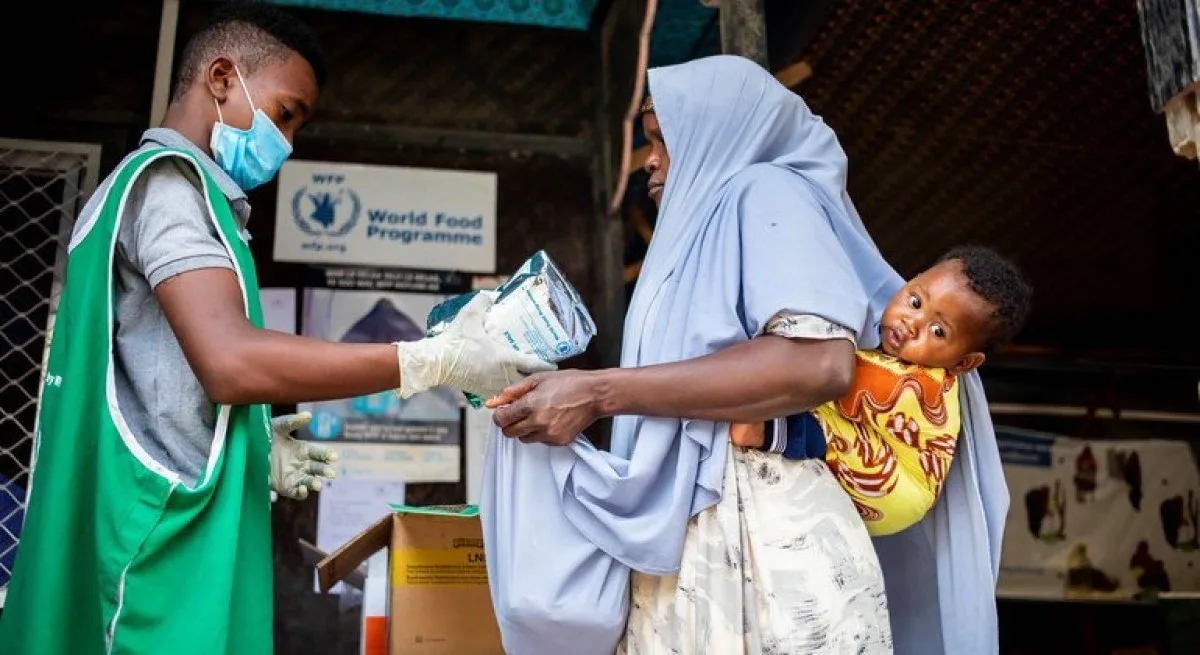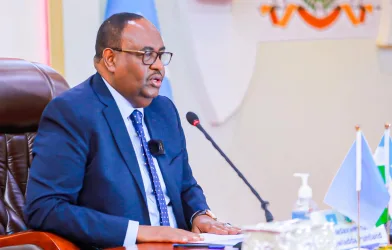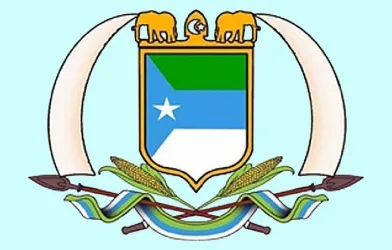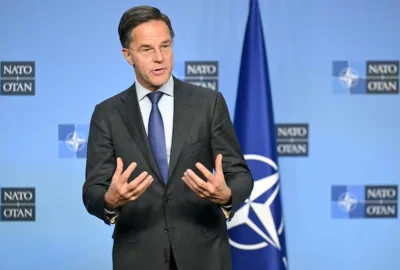The World Food Program (WFP) announced on Friday that it requires 351 million U.S. dollars in…
The World Food Program (WFP) announced on Friday that it requires 351 million U.S. dollars in net funding across all activities to scale up humanitarian assistance for the next six months in Somalia.

In its latest report, the WFP said that the number of children under five estimated to suffer from acute malnutrition in 2023 has dropped to 1.5 million, with 331,000 children still likely to be facing life-threatening severe malnutrition.
The impacts of decades of armed conflict, irregular rainfall, poverty and internal displacement have driven millions in Somalia toward acute hunger and food insecurity, the WFP said. According to the UN agency, between October and December, about 4.3 million people would be facing crisis-level or worse food insecurity, with one million experiencing emergency-level hunger.
The report also added that about 1.2 million people living in rural, urban and internally displaced persons (IDP) sites along flood plains face imminent threats of flooding due to the combined effect of El Nino and a positive Indian Ocean Dipole phenomenon during the Deyr rainfall season (October to December).
The report warned that anticipated flash floods in urban areas are likely to impact IDPs, as more than half of the IDP settlements are located in low-lying flood-prone areas.
According to estimates from the Food and Agriculture Organization (FAO) of the UN, around 1.2 million Somalis could be affected by flooding over the next three months, with 1.6 million hectares of land inundated as a result.
The WFP also announced that anticipatory actions following the onset of anticipated floods will aim to support people across identified flood-prone locations in Hiraan, Middle Shabelle, Gedo and Lower Shabelle regions.
In September, the WFP used 30 million dollars in assistance delivered through cash-based transfers and distributed 3,318 metric tons of in-kind food assistance to three million people.
The agency, in collaboration with the Office of the UN High Commissioner for Human Rights, is developing a protection map that overlays key protection risks with food insecurity in Somalia. This map aims to support improved analysis and decision-making for food assistance targeting.







